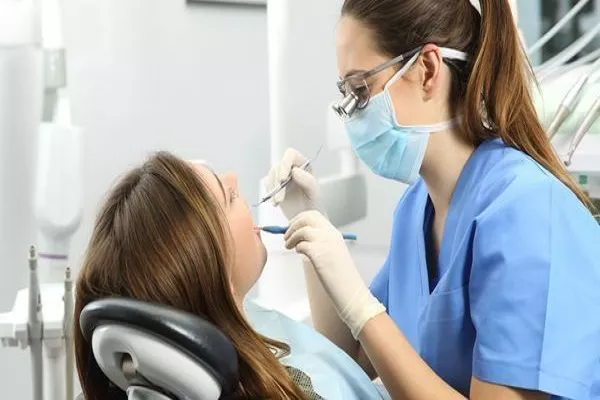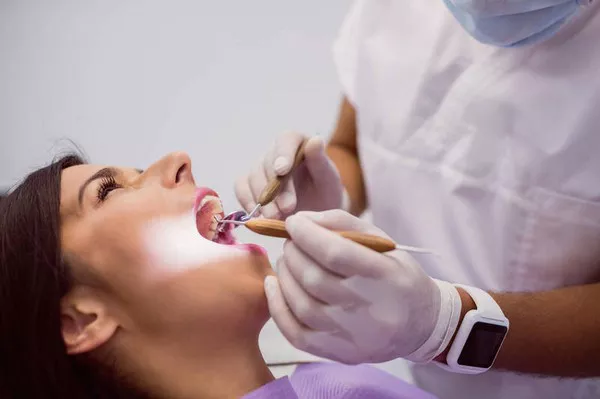Wisdom teeth removal is a common dental procedure, and the post-operative period often requires careful consideration of dietary choices. Many individuals wonder about the feasibility of consuming certain foods, including chili, during the recovery process. In this comprehensive article, we will explore the factors to consider when deciding whether to eat chili after wisdom teeth removal, providing detailed insights and practical tips for maintaining a comfortable and nourishing diet.
1. Immediate Post-Extraction Period: The First 24 Hours
The immediate 24 hours after wisdom tooth extraction require a focus on gentle and non-irritating foods:
a. Importance of Soft Foods
In the initial post-operative period, it’s advisable to stick to soft foods that do not require excessive chewing. This helps prevent irritation to the surgical sites and minimizes the risk of dislodging blood clots.
b. Avoiding Spicy and Hot Foods
Spicy and hot foods, such as chili, should be avoided during the first 24 hours. These can potentially cause discomfort and irritation to the extraction sites.
2. 48 Hours to One Week: Gradual Introduction of Textured Foods
As the initial swelling and discomfort begin to subside, there’s room for a gradual reintroduction of textured foods:
a. Assessing Personal Comfort
Individual comfort varies, and some may feel ready to introduce mildly textured foods like mashed potatoes or well-cooked pasta. Assess your personal comfort level and adhere to any specific guidelines provided by your dentist.
b. Avoiding Extremely Spicy Varieties
While textured foods may be introduced, it’s still advisable to avoid extremely spicy varieties of chili. Opt for milder options to minimize irritation.
3. One Week to 10 Days: Advancing to Regular Diet with Caution
Around the one-week mark, there may be a gradual transition to a more regular diet:
a. Adding Back Solid Foods
As healing progresses, you can consider adding back solid foods to your diet. Start with softer textures and gradually progress to more challenging textures.
b. Mindful Chewing
Mindful chewing is crucial during this period. Be attentive to how your jaw and teeth feel as you reintroduce more textured foods, including those with spices.
4. Two Weeks Onward: Individual Comfort and Considerations
Beyond the two-week mark, individual comfort becomes a primary consideration:
a. Returning to Normal Diet
In many cases, individuals can return to their normal diet after the two-week mark. However, it’s essential to continue avoiding extremely spicy or hard foods that may pose a risk of irritation.
b. Monitoring Personal Sensitivities
Pay attention to any personal sensitivities or discomfort when consuming different foods, including chili. If irritation persists, it may be advisable to delay the reintroduction of spicy foods.
Factors to Consider When Evaluating Chili Consumption:
Several factors should be considered when contemplating whether to eat chili after wisdom tooth removal:
a. Spice Level
Opt for mild varieties of chili with lower spice levels. Extremely spicy foods can irritate the surgical sites and lead to discomfort.
b. Consistency and Texture
Choose a chili with a softer consistency and minimal chunky textures. This reduces the risk of particles getting lodged in the extraction sites.
c. Temperature
Ensure that the chili is served at a lukewarm or cool temperature. Hot foods can potentially cause discomfort and should be avoided, especially in the early stages of recovery.
d. Personal Tolerance
Consider your personal tolerance for spices and textured foods. If you have a high tolerance and experience no discomfort, you may gradually reintroduce chili into your diet.
Conclusion
In conclusion, the decision to eat chili after wisdom tooth removal involves a combination of factors, including the stage of recovery, personal comfort, and the nature of the chili. While extremely spicy or hot varieties should be avoided during the initial 24 hours, a gradual reintroduction of mildly textured foods may be considered in the following weeks. Monitoring personal sensitivities, opting for milder spice levels, and ensuring an appropriate consistency are crucial aspects of making this dietary choice. As always, it’s essential to consult with your dentist and follow their specific post-operative care instructions. By being mindful of these considerations and assessing individual comfort levels, individuals can navigate the post-extraction period with care, ensuring a comfortable and nourishing recovery.
What Not To Do After Wisdom Teeth Removal
Sleeping Position After Wisdom Teeth Removal
How Long To Heal After Wisdom Tooth Extraction





























